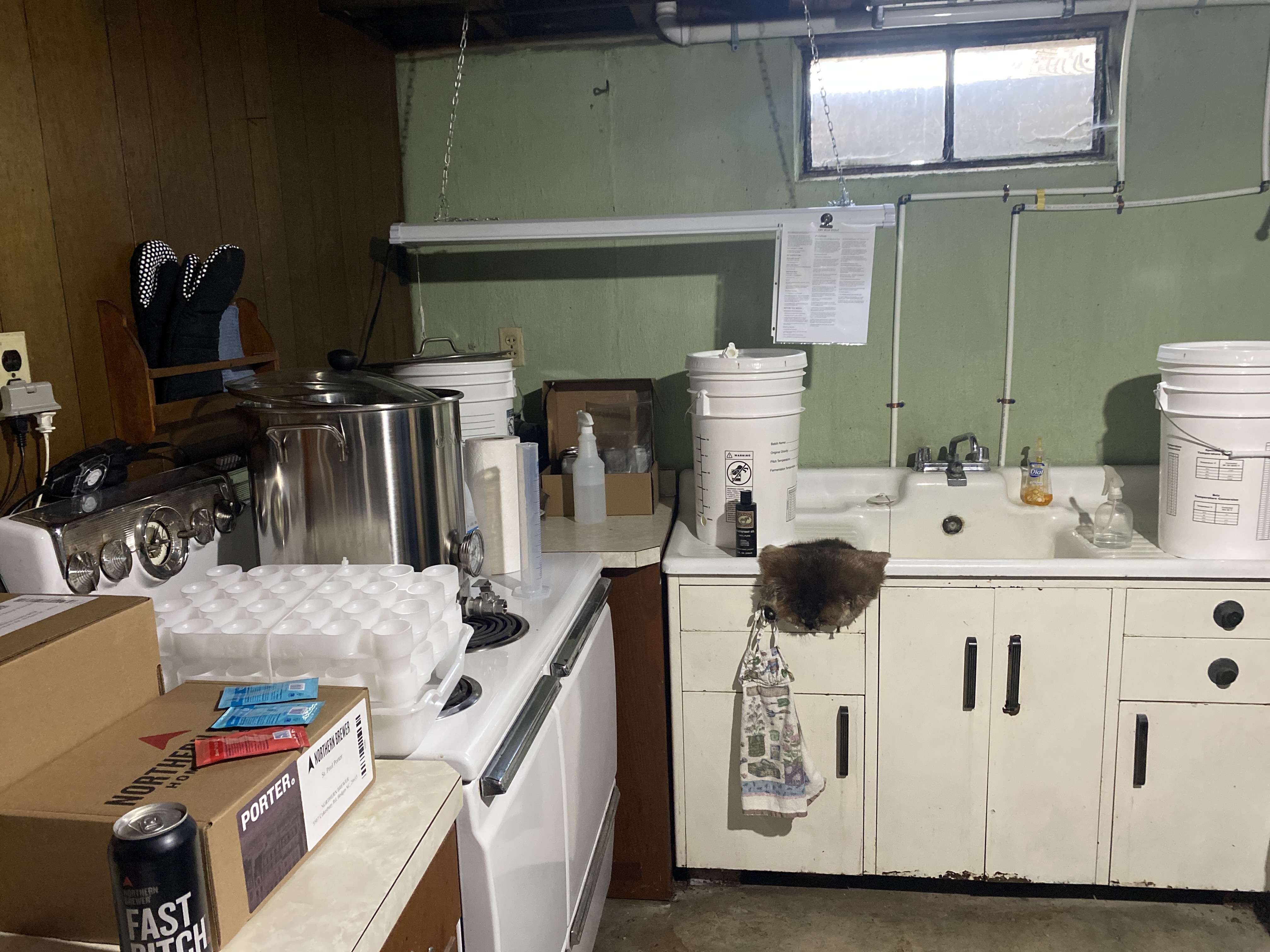Rosemary
Member
- Joined
- Feb 21, 2025
- Messages
- 17
- Reaction score
- 11
That’s the truth! I’ve been reminded exactly what you said a couple times during this process: that people used to brew beer before StarSan existed! Not sure what it tasted like, but our pallets are all as finicky is a courtesan.The idea is to beat down the wild yeast and bacteria population in your wort, and then add a couple hundred billion cells of the yeast you do want. They take it from there with biological warfare (acidity and alcohol). It worked for thousands of years before the invention of sanitizers.
Fermentation is transformation. I suppose it’s really about controlling that transformation to get the desired outcome.


























![Craft A Brew - Safale S-04 Dry Yeast - Fermentis - English Ale Dry Yeast - For English and American Ales and Hard Apple Ciders - Ingredients for Home Brewing - Beer Making Supplies - [1 Pack]](https://m.media-amazon.com/images/I/41fVGNh6JfL._SL500_.jpg)































